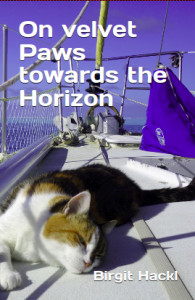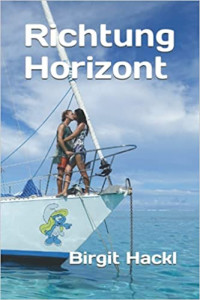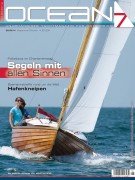Thanks a lot for all the good wishes–it really helps to know that we have people out there who care about us. We’re recovering, fever, headache and backache have left. The blood analysis has revealed quite shocking results for the liver parameters, which explains why we’re still very tired and feel a bit sickish. That should soon go away with a strict diet and lots of rest. Today we’ve taken Pitufa out to the barrier reef for a relaxed day, just bathing, lying around and contemplating the world.
We still don’t have the results of the dengue test that has to be carried out in Tahiti, but the doctor at the local hospital was rather convinced that our symptoms (high fever, headaches, back ache, pain behind the eyes, purple blotches under the skin and even the rash and the digestion problems) point to that disease. During the dry season (now) the risk is usually lower, but it’s always around. It certainly wasn’t Zika (a variant of dengue that has started spreading from Africa recently), because many of our friends have had that and we didn’t get the distinctive red dots. It may have been some other less known disease, but the blood analysis shows that it was certainly a virus.






